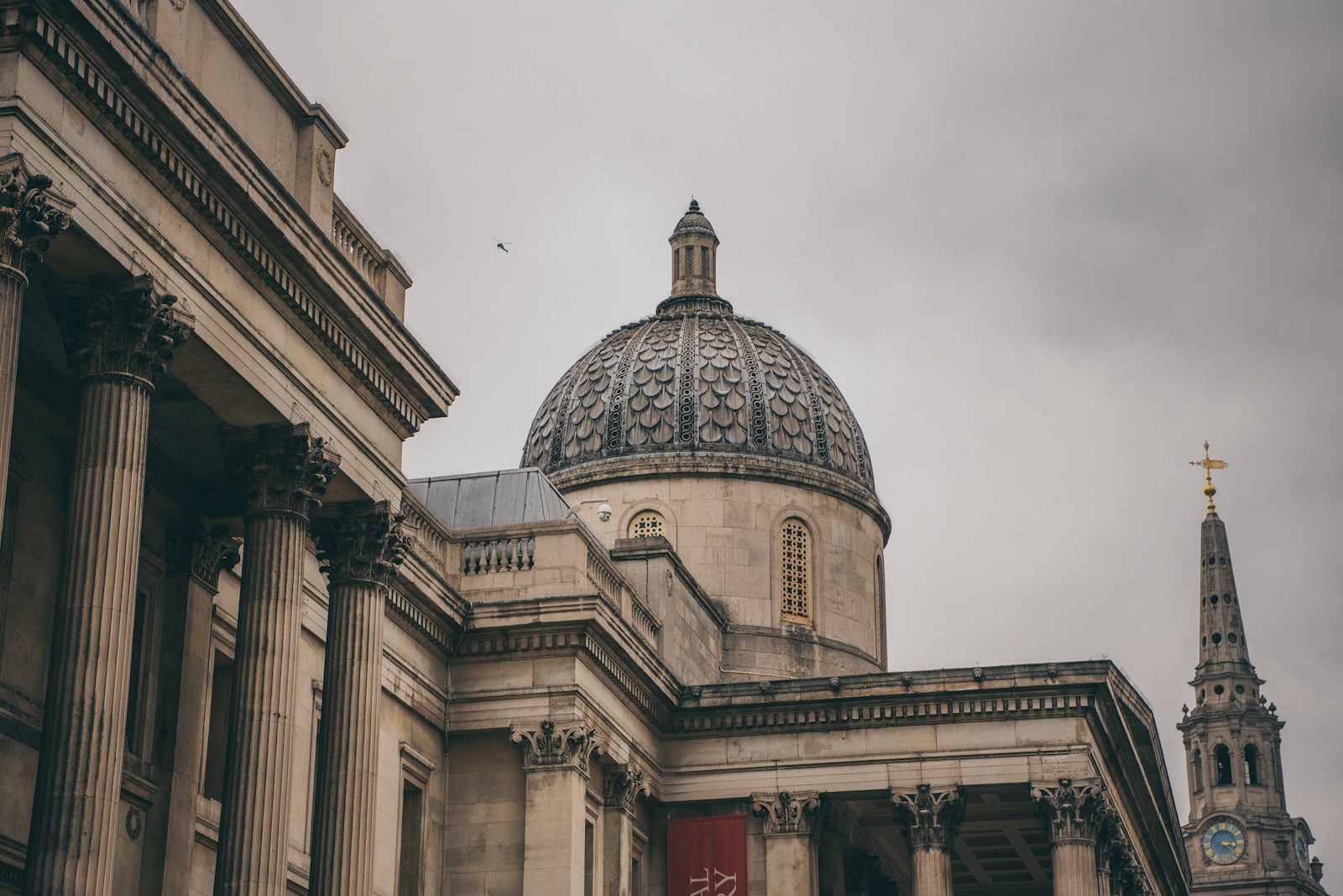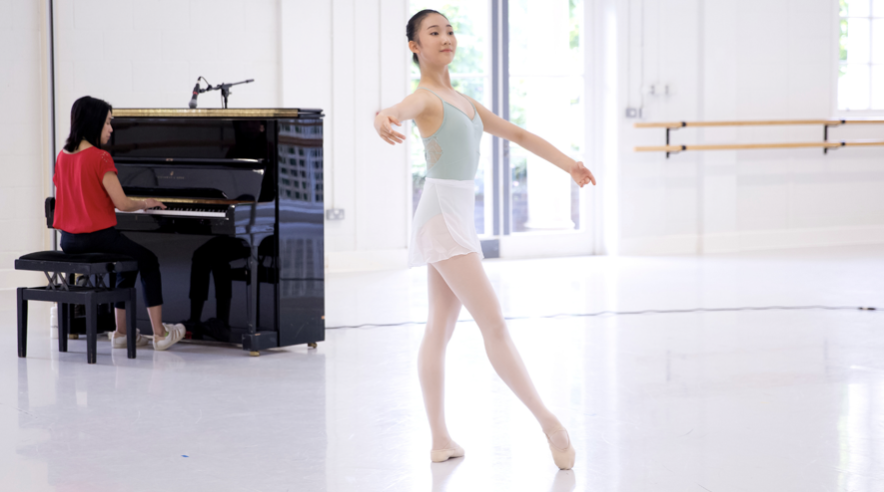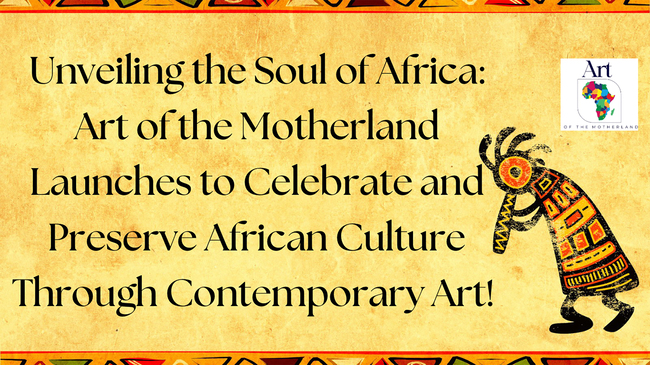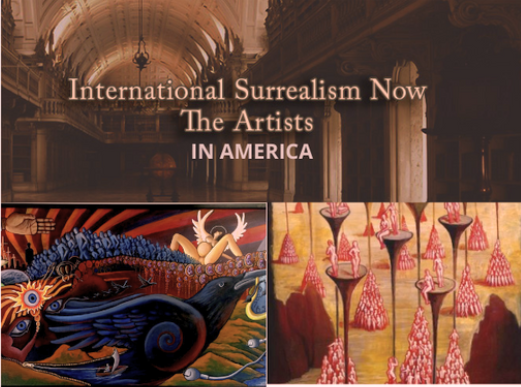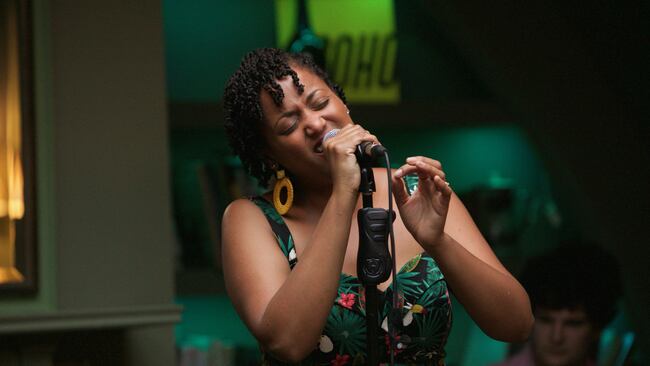Art conservator Jeremy Casson has been fortunate enough to travel extensively for business and pleasure, having visited some of the world’s most celebrated art galleries, museums and exhibitions. This article will look at London’s art scene, providing an overview of must-see art galleries.
The National Gallery
A veritable smorgasbord of fine art, the National Gallery is home to countless masterpieces, with its grand rooms adorned with works by Rubens, Da Vinci, Van Gogh, Michaelangelo and Caravaggio. One of the best things about the National Gallery is that entrance is free, making art more inclusive and accessible for all.
Established in 1824, the National Gallery was originally a collection of 38 paintings displayed at a house in Pall Mall. Following construction of its purpose-built gallery in Trafalgar Square, right in the heart of London, the new museum opened in 1838, welcoming visitors both rich and poor. Masterpieces displayed at this world-leading museum include J.M.W. Turner’s Bequest, Cézanne’s Bathers and Van Gogh’s Sunflowers.
The National Portrait Gallery
Following a three-year renovation, the National Portrait Gallery has opened its doors once more, welcoming visitors of all ages and tastes and proving that portraits need not be stuffy. The National Portrait Gallery exhibits portraits of everyone from royalty to football stars, alongside some fabulously unflattering political caricatures.
Encapsulating everyone from leading scientists to celebrities, musicians, artists and philanthropists, the gallery covers all art eras, including the Romantics. From blurry paintings of Ed Sheeran to pieces by Tracey Emin, the National Portrait Gallery has something for everyone.
Royal Academy of Arts
For more than 250 years, the UK’s first art school has been a hotbed of creative talent. The Royal Academy has a world-famous pedigree for putting on big shows, such as its Abstract Expressionism show of 2016. Now benefiting from a large extension, the Royal Academy of Arts presents free displays, inviting visitors to gain a better understanding and appreciation of not just art but also its practice.
Led by some of the UK’s most talented artists and architects, the Royal Academy is an independent charity that was created to share different perspectives, along with a deep commitment to art. Founded in 1768, the Royal Academy of Art is home to the longest-established art school in Britain, founding its annual Summer Exhibition every year since its launch and presenting a vast collection of priceless art and architecture in free displays in London Piccadilly.
Serpentine Gallery
Enjoying a secluded location in Kensington Gardens, this small but airy gallery features contemporary art in a stunning location. The gallery showcases up-to-the-minute artists in a rolling two-monthly programme of exhibitions, alongside the recently opened Sackler Gallery on the other side of the Long Water. Each spring, an internationally renowned architect is invited to build a new Serpentine Pavilion, which is open to the public from June to September.
Tate Britain
The oldest of the Tate network of galleries and one of two Tate galleries in London, Tate Britain’s history stretches back to the 1800s. The gallery was created as a celebration of British Art, with the building’s impressive dome and porticoed entranceway setting the scene perfectly, inviting visitors to while away the hours exploring British history through art.
Located in Millbank in the London borough of Westminster, Tate Gallery occupies a former reformatory prison where prisoners received an education and training to prepare them for social rehabilitation. After 1842, the facility was used as a holding centre for convicts prior to their extradition to penal colonies in Australia.
Originally known as the National Gallery of British Art, Tate Britain was opened by the Prince of Wales in 1897. The purchase of the new site was financed by a donation from Henry Tate, who pioneered the British sugar industry. Henry Tate also donated his extensive collection of British art to the institution, a gift that would be worth somewhere in the region of £6.1 million in today’s money.

